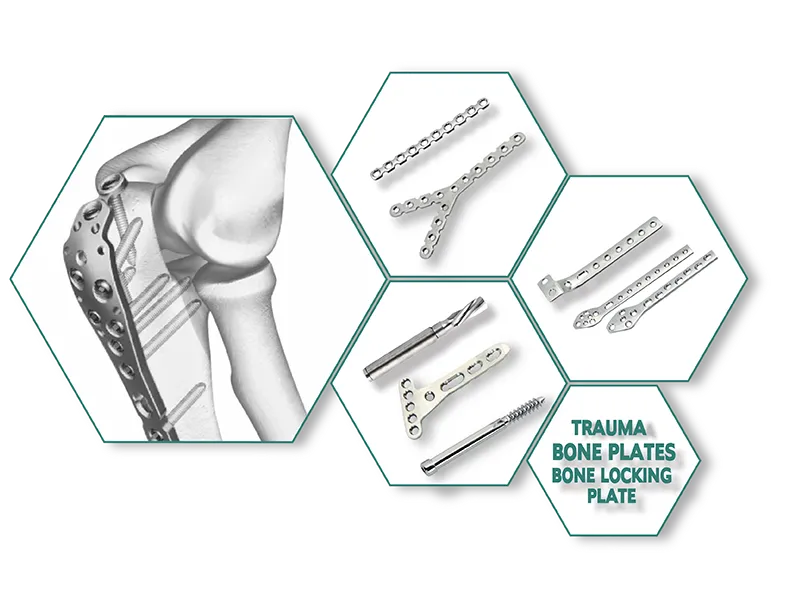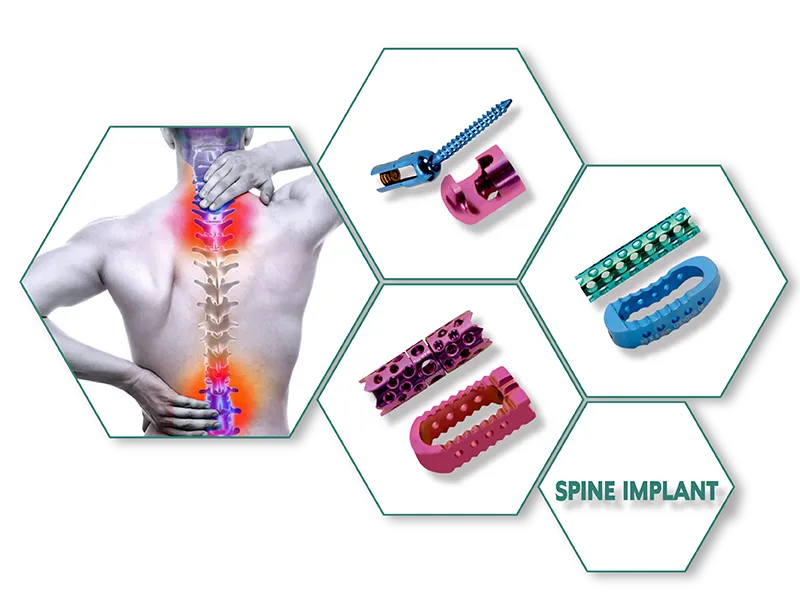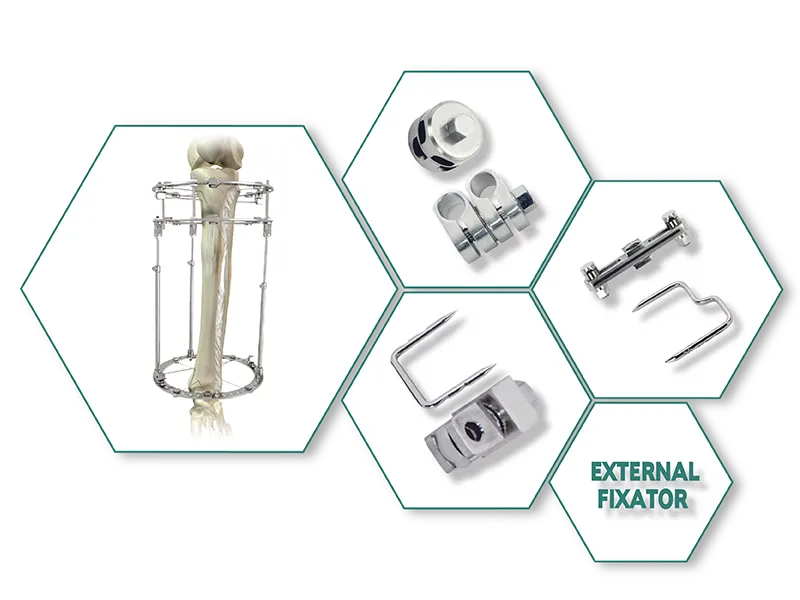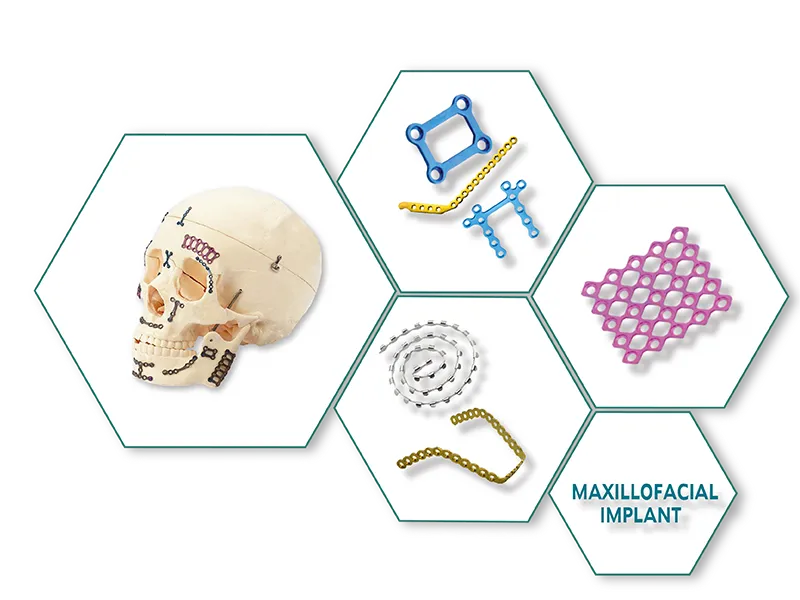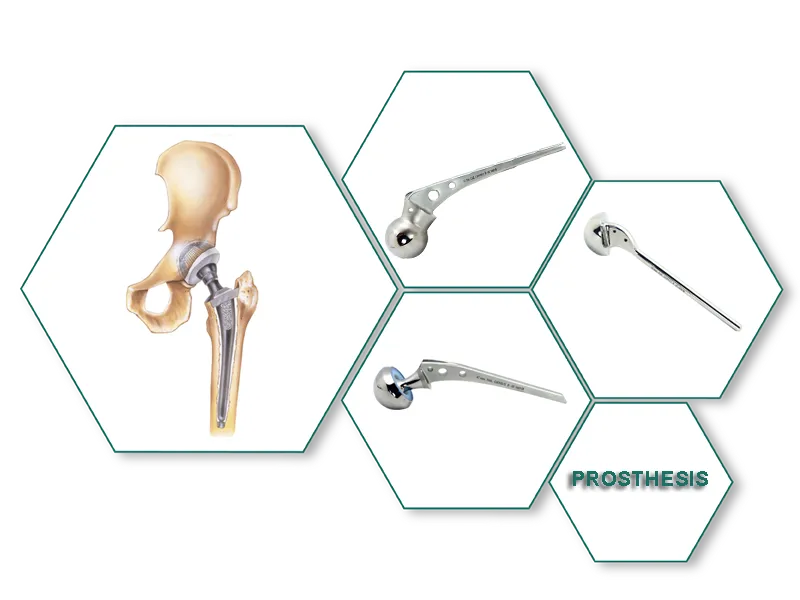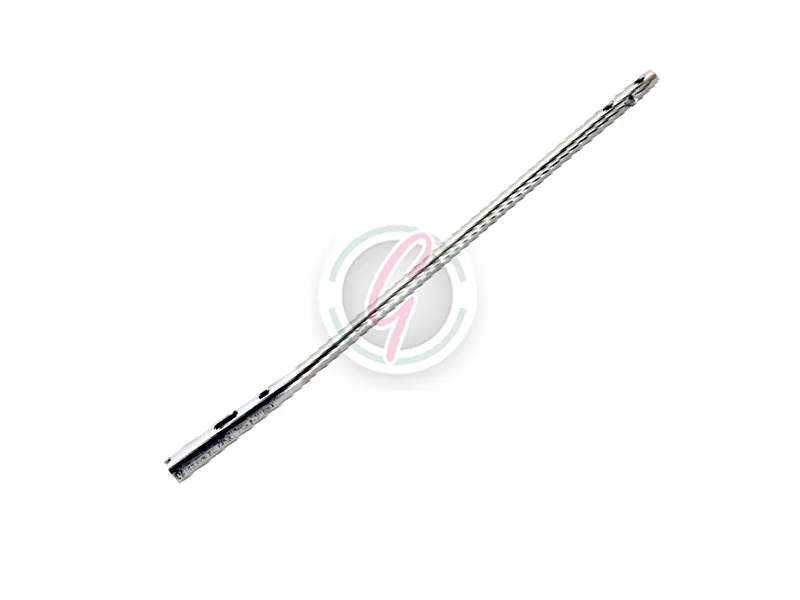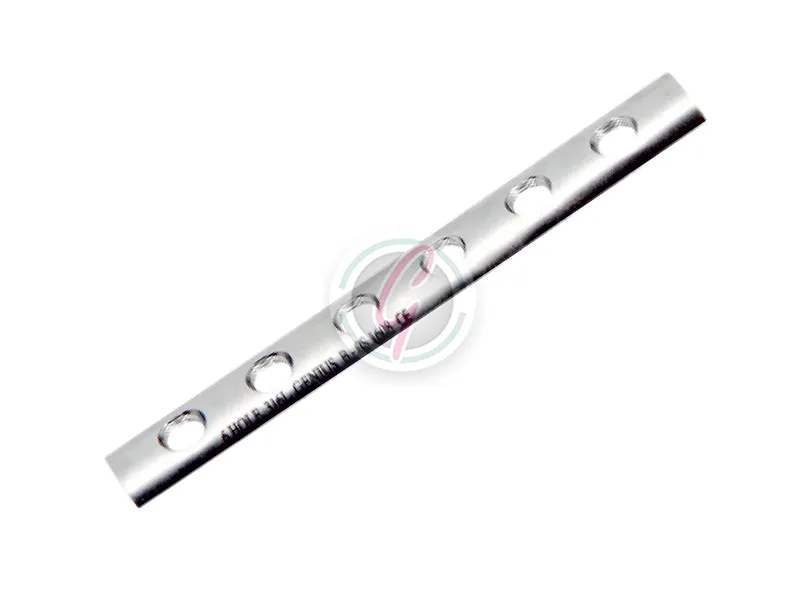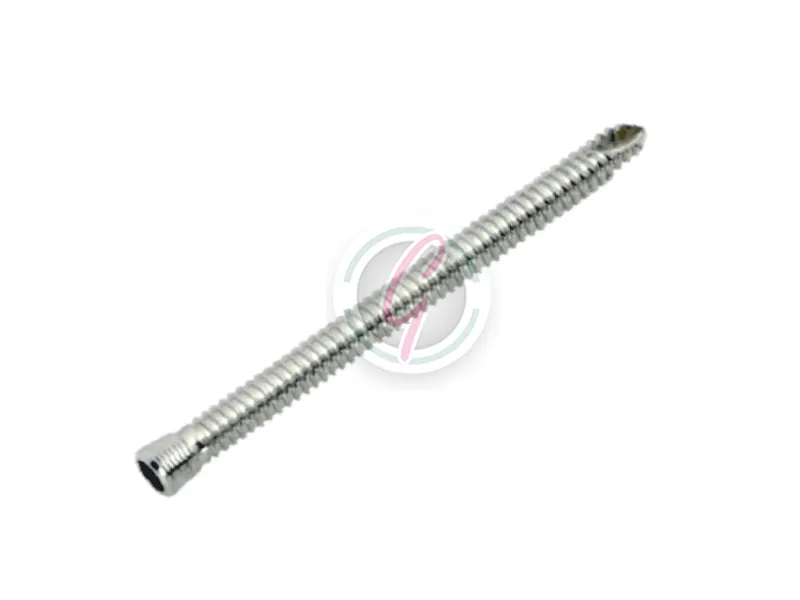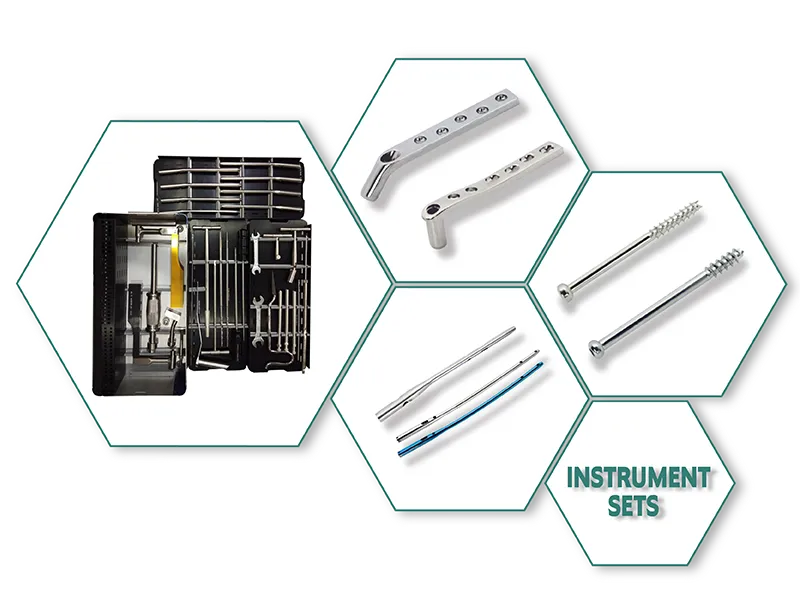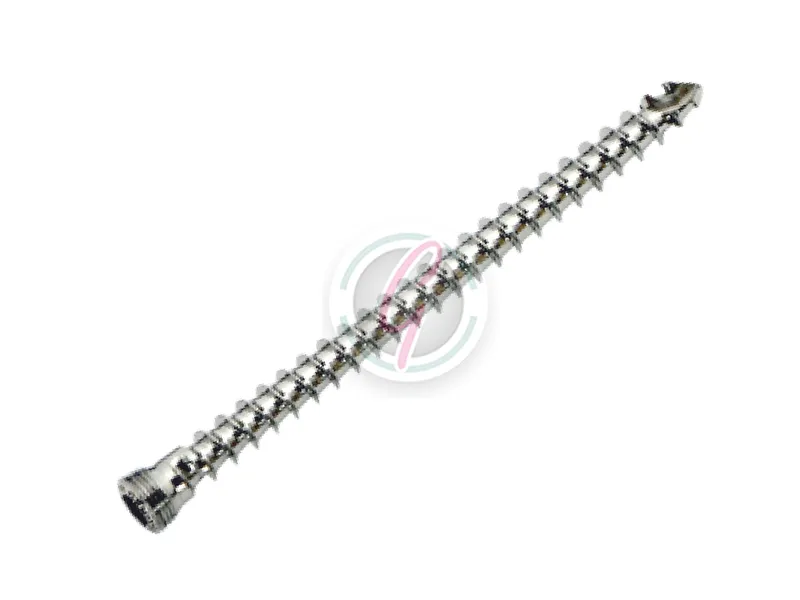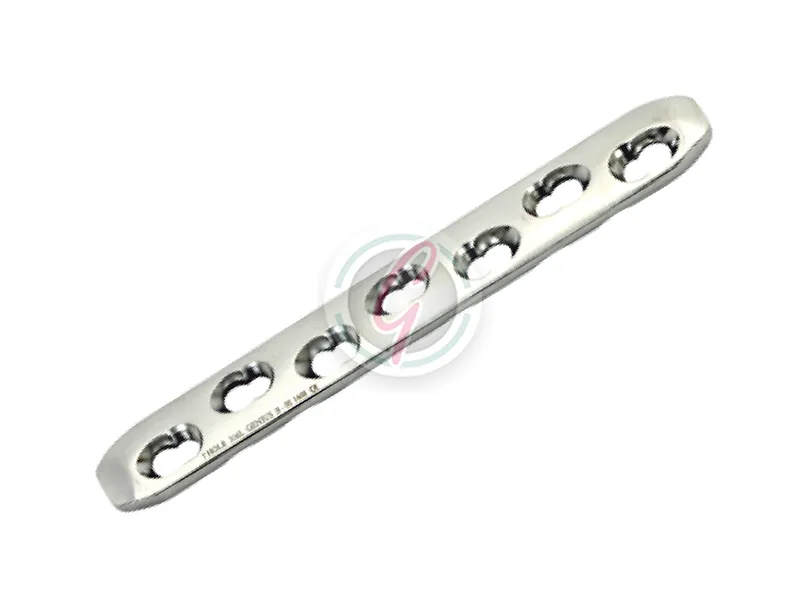K-wire Exporter
K-wire Manufacturer
Double Ended 150 MM
Double Ended 225 MM
Category:External Fixator, Wire
K-wire, also known as Kirschner wire, is a thin, flexible surgical wire used in orthopedic surgeries to stabilize bones and guide implants. It is made of stainless steel or other metals and is inserted into the bone through a small incision using a drill or by hand.
Description
| Double Ended 150 MM | ||
| S.802.06.10 | Dia 1.0 mm | T. 2402.06.10 |
| S.802.06.12 | Dia 1.2 mm | T. 2402.06.12 |
| S.802.06.15 | Dia 1.5 mm | T. 2402.06.15 |
| S.802.06.18 | Dia 1.8 mm | T. 2402.06.18 |
| S.802.06.20 | Dia 2.0 mm | T. 2402.06.20 |
| S.802.06.25 | Dia 2.5 mm | T. 2402.06.25 |
| S.802.06.30 | Dia 3.0 mm | T. 2402.06.30 |
| Double Ended 225 MM | ||
| S.802.06.10 | Dia 1.0 mm | T. 2402.06.10 |
| S.802.06.12 | Dia 1.2 mm | T. 2402.06.12 |
| S.802.06.15 | Dia 1.5 mm | T. 2402.06.15 |
| S.802.06.18 | Dia 1.8 mm | T. 2402.06.18 |
| S.802.06.20 | Dia 2.0 mm | T. 2402.06.20 |
| S.802.06.25 | Dia 2.5 mm | T. 2402.06.25 |
| S.802.06.30 | Dia 3.0 mm | T. 2402.06.30 |

Inquiry Now
ABOUT US
Genius Ortho Private Limited
Genius Ortho Private Limited was found in 2008 by a group of entrepreneurs after having a decade of experience in the field of orthopaedic implants manufacturing. Genius Ortho Private Limited now is the leading company in India specialize in the Orthopaedics Industry. Genius Ortho Private Limited will always achieve this position by professional pursuing excellence and by dedicating ourselves in improving the quality and serving all our customers.
All implants are exclusively made of Stainless Steel 316L, LVM & Titanium Grade V Ti-6Al-4v-ELI.
Our products of Orthopaedic implants and instruments are not only qualified with the certification of FDA, CE, GMP regulations, but also compliant with ISO Quality Assurance Standards.

